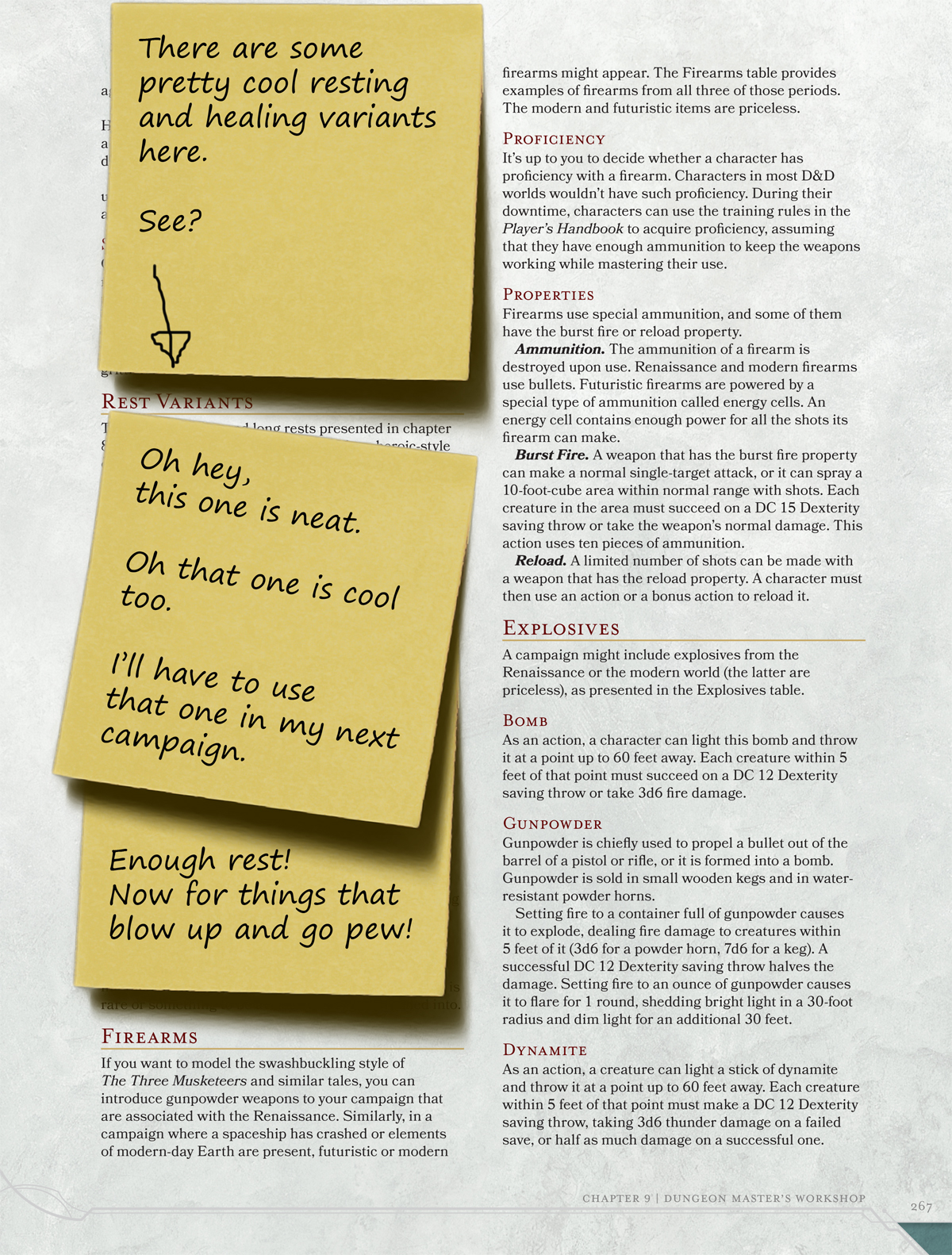I know comparatively little about muskets but your statements about lower velocity are, generally, correct. Impact area varies wildly, but on average a musket ball is bigger than a modern bullet with significant overlap. However, I know quite a bit about modern firearms and you are seriously underestimating their ability to penetrate. 18 gauge steel is a 1 mm thick and while not all steel is created equal and neither are all bullets but unless you are using something like AR500 or you have light loads a .357 will care precisely not at all about 18 gauge sheet metal. A .357 revolver can also fire .38 Short Colt and .38 Special with no modification and people often use these lighter loads for target practice. Neither round is especially potent, but I would guess that they might be stopped by 18 gauge sheet steel. In fact, it's probably that a fast .22 would penetrate 18 gauge steel. A cheap hollow steel door has walls about 1mm thick and I'm willing to assume this guy knows what he's shooting at:
https://www.youtube.com/watch?v=Gl2MBRu9WlU
More .22 LR penetration:
https://www.youtube.com/watch?v=HbEKKXU4bLo
If you'd really like, I can head out to the woods and put some holes in things for demo purposes. I don't own a .357, but a +p 9mm round should suffice as a decent stand in even if it is a bit slower if I can't borrow a .357.
https://www.youtube.com/watch?v=Gl2MBRu9WlU
More .22 LR penetration:
https://www.youtube.com/watch?v=HbEKKXU4bLo
If you'd really like, I can head out to the woods and put some holes in things for demo purposes. I don't own a .357, but a +p 9mm round should suffice as a decent stand in even if it is a bit slower if I can't borrow a .357.
Vitamin D is a group of fat-soluble secosteroids responsible for increasing intestinal absorption of calcium, magnesium, and phosphate, and multiple other biological effects. In humans, the most important compounds in this group are vitamin D3 and vitamin D2. The major natural source of the vitamin is synthesis of cholecalciferol in the lower layers of epidermis skin through a chemical reaction that is dependent on sun exposure. Cholecalciferol and ergocalciferol can be ingested from the diet an. InfoSpace metasearch engine offering search of the general web, or images, audio, video and news. Also offers search of Yellow Pages and White Pages. Google allows users to search the Web for images, news, products, video, and other content.
1) work on your math2) I've done some destructive testing. My friends during college included a bunch of gun nuts
D&d 5e Weapons

I've shot a .357 using round nosed police-standard lead ball (non-jacketed) at a steel plate of 18 gage - which is 25.4/18= 1.41 mm thick - and it didn't go through. I've seen .357 stopped by car doors, too... on older cars, where it was as thick as 18ga. In both cases, visible deformation, no penetration.
Factors that influence penetration include incidence angle (anything other than 90° increase both the skip chance and the effective thickness), specific metal composition, specific tempering, method of working (hammer-worked is different from rolled), amount of air traveled through (drag reduces bullet energy), bullet composition (straight lead penetrates less than FMJ), bullet shape, temperature of the metals, age and flexion history of the plate.
Your 9mm probably will penetrate 1mm steel if shot within 5 yards and aimed dead on... because autopistol rounds are ususally jacketed. It also won't do much past it.
And a breastplate is seldom worn without quilt underneath. Yeah, it is gonna hurt. No, it's not going through. But the same is true of a sword.
Ignoring armor isn't the solution, especially since most firearm to body armor shots are going to be other than 90°.